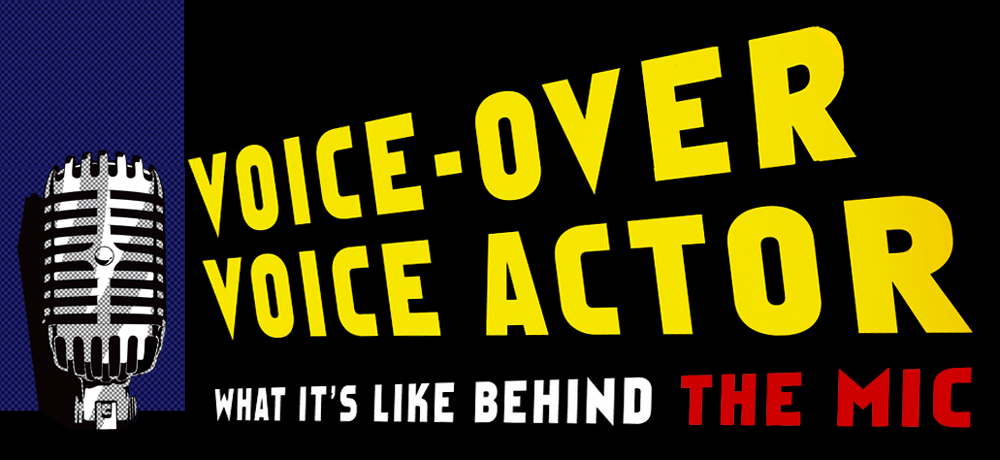Take Action #22: Complete Body Warm-Up
1.lie down flat on your back somewhere comfortable yet firm 2. hum/sigh in and out
3. practice panting
4. roll over to one side and then slowly get up to a standing position (make sure you’re not holding your breath!)
5. do some neck rolls - very gently roll your head around in small circles both clockwise and counterclockwise to warm up your neck and throat
6. do some shoulder rolls - gently roll your shoulders forward and backward to loosen and warm up your back and neck
7. shake out your feet/hands - gently get your circulation going by shaking your hands and feet out
8. jump 1-10
9. massage your face - rub your hands together until they’re warm, then massage your face to relax all the bones and muscles there
10. lion/mouse – this is a fun one, which you can do in front of a mirror if it makes you happy. As the lion, stretch and open all the muscles in your face, your eyes your mouth so you look like a scary lion getting ready to bite your head off, then immediately switch to mouse face, where you twist and tighten all the muscles in your face, eyes and mouth so that you are as small and pressed as possible, switch between the two to send blood to those areas and wake them up.
11. tongue extension - stick your tongue out as far as it will stretch, then pull it back in. do this several times. Also try and touch your nose with your tongue. Now your chin. Now your right ear, and now your left (if you have to towel your face off after this one, you’re doing it right).
12. sirens
13. trills
14.P-T-K-T, B-D-G-D
15. tongue twisters (find some of your favorite tongue twisters and practice saying them as quickly as possible) search “tongue twisters” on the Internet and see what comes up (“Peter Piper…” What a to do…” “Unique New York,” “Red leather, Yellow Leather…”).
Now, hopefully, you feel awake, alive and ready to play. You can take as long as you’d like with this warm-up or you can time yourself. For example, if you’re short on time, see if you can get thru the entire warm-up in only 5 minutes. If you have more time, allow your body to warm up a little more slowly, maybe giving yourself a half hour to get through all the exercises. Adjust the warm–up to your specific needs.
Fight sounds, efforts and reactions can be a tricky part of voice-over especially if your voice isn’t warmed up. They’ll turn up almost no matter what type of VO you’re doing, from animation to video games to sometimes even commercials. Take the time to make sure your voice is fully warmed-up and awake before trying this next exercise so that you don’t hurt your vocal cords.
Want to feel ready to tackle auditions, VO sessions or expand your breath control and range? The Warm-Up MP3 or CD - both are available here
